While using the Microsoft Teams Shared Channels, users might encounter problems wherein the new Team apps may not be displayed chronologically at the top under a specific channel. This can act as a constraint to identify or categorize the newer apps from the older ones for the participants. In this article, we delve into the possible causes of the occurrence and discuss ways to resolve the issue.
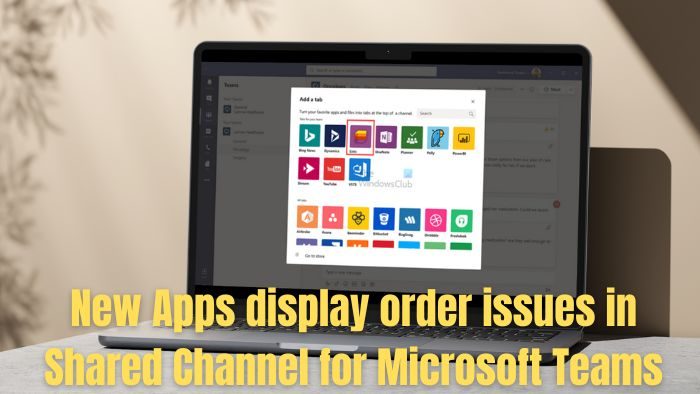
Possible causes for New Apps display order issues
Various factors can contribute to the said situation, as detailed below:
- Application Configuration: A few apps may offer customization options to configure the appearance or display order of the apps in the Teams user interface. Issues with app-related permissions and visibility settings can cause inconsistent display orders.
- Outdated App versions: Incompatibility with the latest Team updates might be a common occurrence if the older or outdated version of the Teams app is in use. Changes introduced in the new version concerning the integration framework or tab configurations might not match the older version, leading to irregularities in the display order.
- Lack of Adequate Permissions: If users do not have the necessary permissions to view or use certain apps, the said apps may not appear on their interface.
- Issue with third-party apps: If there are compatibility issues with the third-party Apps, the expected sequence of the display order can also get disrupted apart from the incorrect configuration. Configuration or compatibility issues can influence how the apps are presented within the shared channels, leading to the problem.
Fix New Apps not displaying at top in order in Shared Channel for Microsoft Teams
If the installed new Apps are not displaying at the top in order in the Shared Channel for Microsoft Teams, follow these suggestions to resolve the issue.
- Clear App Cache
- Check relevant App permissions
- Add apps to the shared channels
Before you begin, make sure that you have updated Microsoft Teams to its latest versions, as Microsoft may have released some bug fixes.
1] Clear App Cache
Clearing the application cache removes temporary files or data that may be causing conflicts for the app, leading to disorder in the app arrangement. Outdated or corrupted cache data can also cause app issues.
- Click on Start and select Apps and Features.
- Scroll down to locate Microsoft Teams and click the More ( …) icon.
- Click on Advanced Options.
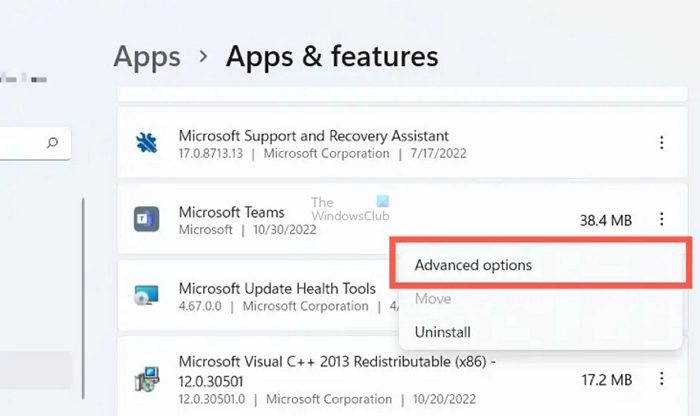
- Go to the Reset section and click Reset to clear the cache.
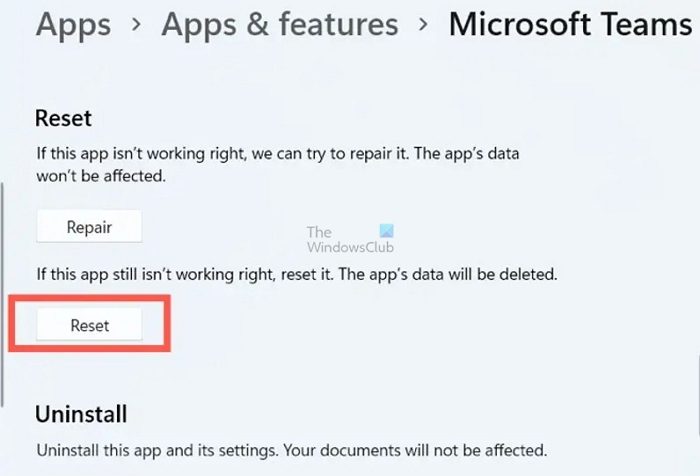
2] Check relevant App permissions
To resolve the display order issues for Shared Channels in Microsoft Teams, ensure that the newly added applications are granted the essential permission. To grant access permissions:
- Open the Teams App and navigate to the concerned Shared Channel where the App is added.
- Search for the relevant app and then select the Permissions option
- On the Permissions Tab, review the permission as granted to the App or select the particular channel and click on Edit to change the permission
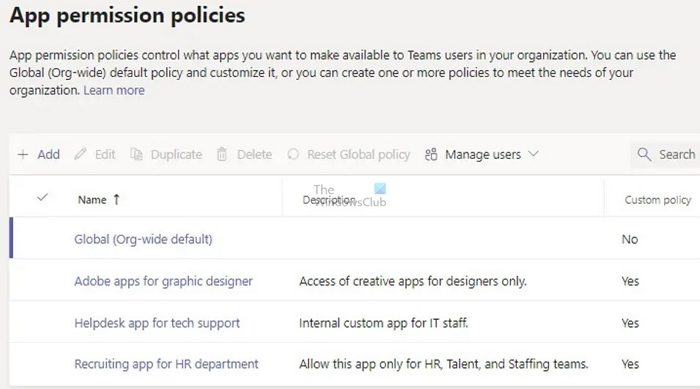
Read: How to use the Organization Chart in Microsoft Teams
3] Add apps to the shared channels
Adopting the best-known process for adding the apps to ensure that the newly added applications appear at the top in Shared Channels can resolve the issue. To add new apps:
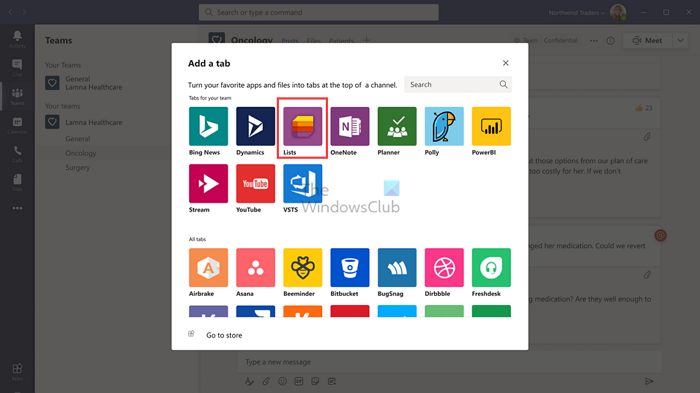
- Open the Shared Channel in Microsoft Teams
- Click on the + icon to add a tab
- Select the app to be added from the available list.
- Provide a name for the new app to create the new app
I hope the post was easy to follow and your issue on Microsoft Teams is sorted.
What are the types of Microsoft Teams Channels?
Microsoft Teams Channels are digital spaces for group discussions, file sharing, and team meetings. There are three types of channels: standard, private, and shared. All participants can access standard channels, private channels are for specific audiences, and shared channels allow collaboration with people outside the organization.
What is the limit for shared channels in Microsoft Teams?
Users can create up to 250 teams with a limit of 25,000 members per team while being part of 1,000 teams. Org-wide teams are capped at 5, accommodating 10,000 members each, with a global admin capable of creating 500,000 teams.
Leave a Reply